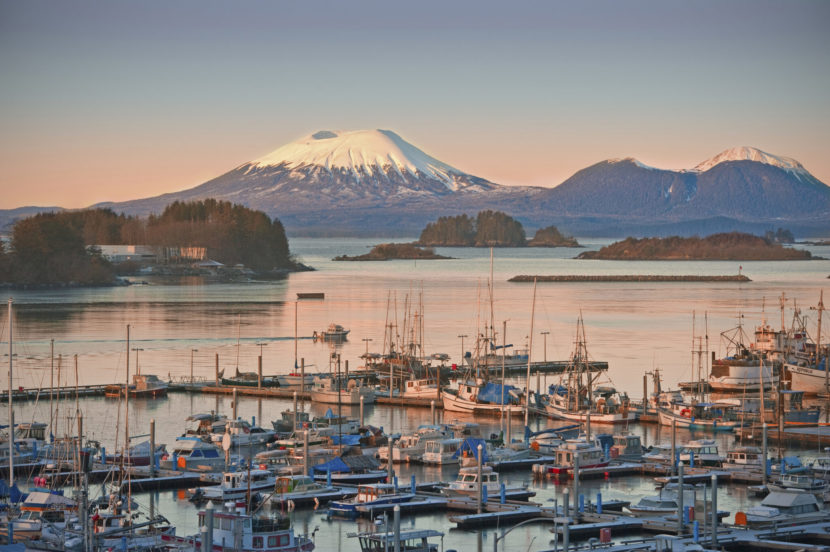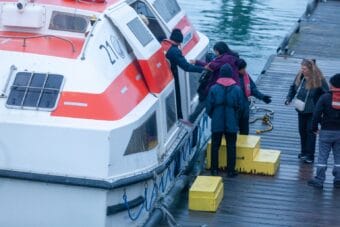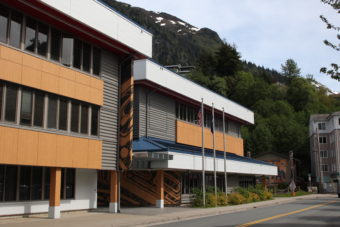
The U.S. Department of Agriculture has made its final funding decisions in a $25 million program to support local organizations in Southeast Alaska, officials said on Tuesday
The Southeast Alaska Sustainability Strategy, announced last year, has now made commitments to over 30 local and regional partners for 70 locally driven projects, Agriculture Secretary Tom Vilsack said in an online announcement event.
“These projects and investments, I think, reflect our common commitment to acknowledging, respecting and honoring Indigenous ownership and stewardship, the knowledge, the values, the priorities,” Vilsack said. “I think it also reflects our commitment to a community-driven investment strategy that reflects the input from local folks. It reflects the local knowledge and priorities and certainly puts a premium on collaborative relationships.”
The strategy is being undertaken by two agencies of the Department of Agriculture — the U.S. Forest Service’s Rural Development division and Natural Resources Conservation Services. It is intended to help the region transition from past reliance on large-scale timber harvests in the 16.7 million-acre Tongass National Forest, which encompasses most of Southeast Alaska.
Of the $25 million in project funding, about half will be managed by tribal and Indigenous organizations, for purposes that include arts and cultural support, enhancement of food security and support for cultural use of forest products.
The emphasis on Indigenous values and priorities was lauded by Richard Peterson, president of the Central Council of Tlingit and Haida Indian Tribes of Alaska.
“This is the first time in my 27 years as an elected person that I’ve actually seen this level of local decision-making,” Peterson said in the online event. “So often, we see decisions made at a national level that really don’t fit. We’ve got to shoehorn them in. And this is happening at the local level. It’s really refreshing.”
The other half of the funding is for projects aimed at boosting infrastructure, community economic development and natural resource management.
That includes workforce development projects to help young commercial fishermen and to enhance mariculture operations, said Robert Venables, executive director of the Southeast Conference, a regional economic development organization. Many of the opportunities “will help the next generation not just find a job but be the job-makers,” Venables said.
The Southeast Alaska strategy is a new way of doing federal government business that can be replicated in other regions of the nation, Vilsack said.
“It’s a model that creates a real powerful partnership where the resources of the federal government are directed in a way that local folks understand and can help to direct,” Vilsack said. “I’m excited about the potential for this model to be expanded, to continue to be expanded in other mission areas of the USDA.”
Related to the sustainability projects is the Forest Service’s decision, announced last year, to restore the federal protections to the Tongass under what is known as the Roadless Rule. The 2001 Roadless Rule largely bans timber harvesting in areas currently without roads, thus preserving old-growth stands. Under the Trump administration, Alaska was exempted from the Roadless Rule.
The decision to reinstate the protections in Alaska has attracted over 110,000 public comments, which must be fully reviewed before the Biden administration completes its final rulemaking, Vilsack said at the news conference.
The final rule is expected by the end of the year, he said.
“I recognize that this may not have happened as quickly as some would like. But I am committed to getting this done to conserve this important resource,” he said. “I hope folks understand that we do have to follow through the process. We have to be respectful of the people who took time and energy to provide comments so that the record is as complete and as strong as it possibly could be in order to defend the decision that we’ve made to restore the protections of the 2001 Roadless Rule.”



